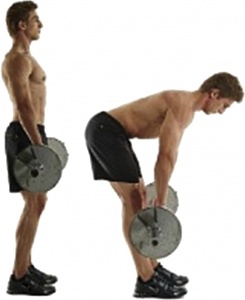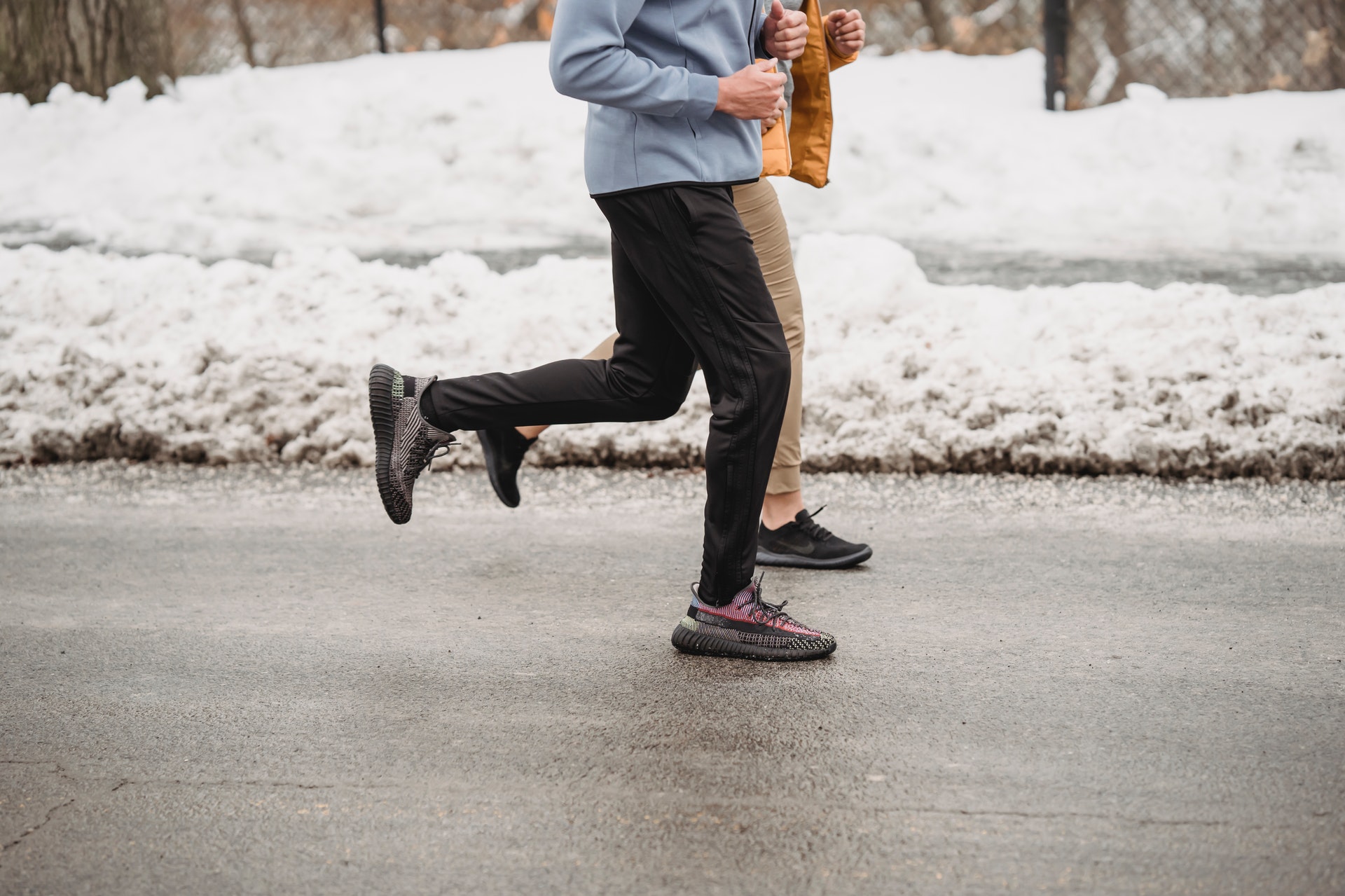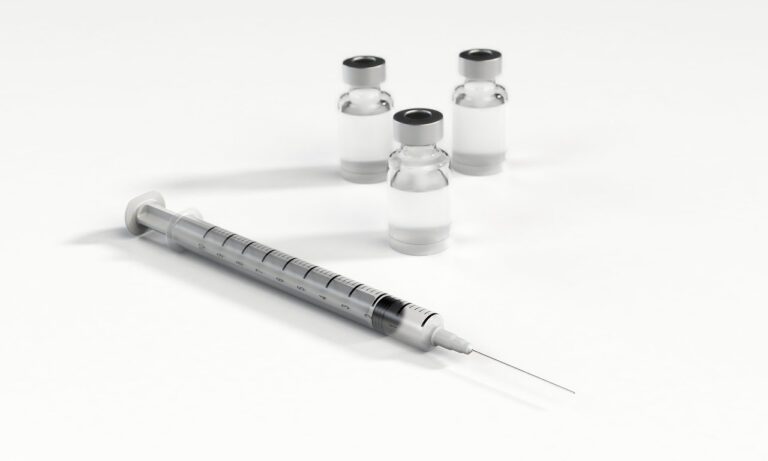A right pain in the butt
In his latest Bow Valley Crag & Canyon article, Banff Sport Medicine’s Dr Andy Reed, talks hamstring injuries and how to avoid them using preventative exercise.
Read the original article here
In my last column I described one of the more common causes of hip pain we see in the office – gluteal tendinopathy. No sooner had I written this article then I saw a whole spate of hip injuries, but somewhat surprisingly to me, it seems we are in the midst of an epidemic of hamstring injuries!
Your hamstring muscles
The hamstrings consist of three muscles and their tendinous attachments at the back of the thigh.

The three muscles are the semimembranosus, semitendinosus and the biceps femoris.
They are long muscles that cross over two different joints (the knee and the hip) and perform two different actions, namely hip extension (pulling the leg out behind us) and knee flexion (pulling the heel up towards your butt).
How hamstring injuries occur
Injuries to the hamstrings can occur in a number of different ways and various parts of the structure can be injured, from the tendon attachment at the sit bone (the proximal attachment), which can be strained, torn partially or even completely from the bone, to acute muscle strains and ruptures in the mid belly of the muscles in the back of the thigh.
Studies have shown that injuries can occur via several distinct mechanisms.

We have all probably seen a track athlete on TV – usually a sprinter – suddenly pull up in their event, grasping the back of the thigh. This injury looks very dramatic, and is typically a muscle tear, causing lots of bruising and swelling. Whilst these injuries look serious, they tend to heal relatively quickly and some sprinters are back in action after only a few weeks.
A second type of injury occurs when a hamstring muscle contracts forcefully as it is being stretched. Think about a slip on ice with one leg sliding rapidly forwards as you fall into the splits. The hamstring contracts to try to correct the fall as the straightened leg slides out in front. This type of injury commonly strains the hamstring muscle as it stretches rapidly but can also cause tears or strains in the tendon attachment onto the sit bone at the back of the pelvis.
The hamstring attachment onto the pelvis can also be chronically injured from overuse, and this tends to afflict long distance runners. These types of tendon injuries seem fairly benign, but often take upwards of 6 months to resolve.
A third type of injury can occur as the flexed hip attempts to forcefully extend against a strong forward pull. Imagine a water skier being pulled forwards out of the water onto their skis. As the skier tries to stand up onto their skis, they experience a sudden sharp pop in the back of the upper thigh, and severe pain. A few days later there is a massive bruise, which usually indicates a ruptured tendon.
Typically we will organize an urgent ultrasound or MRI to delineate the extent of the injury, and if the hamstring tendon has completely ruptured away from it’s bony attachment, surgery may be needed to reattach it.
Less severe injuries can be managed with a short period of rest, followed by a rehabilitation program.
Lots of us are out running in the cold and snow right now. Slips are common, and if we are not warmed up, or sufficiently conditioned, it’s easy to suffer a hamstring injury.
Sprinting off down the street with cold muscles increases the likelihood of injury; if a hamstring has been injured previously, repeat injury is commoner, and lastly if we are weak in our hamstrings, and a lot of us are, the rate of injury is higher.
Exercises to help reduce hamstring injury
Fortunately, simple exercise programs have been shown to dramatically reduce the likelihood of hamstring injuries. These exercises tend to focus on eccentric strengthening.
As you will know if you have been reading my columns, forget stretching, and instead focus on strength training to make your tendons, muscles and ligaments injury proof!
The Nordic hamstring exercise is probably the best known of the hamstring injury prevention strategies and is proven to work, but it is a challenging exercise to perform and you will need a helper to hold your feet (google it and try it).
When added to injury prevention programs, the traditional Nordic hamstring exercise has been shown to decrease hamstring strains by 50% – when compared against injury prevention programs that didn’t include them (Al Attar et al, 2017).
Mick Hughes – Physiotherapist

Alternative well known exercises include hamstring curls in the gym, or variations at home using physio bands, and barbell or dumbbell stiff leg deadlifts, also known as Romanian deadlifts.
Single leg variations are especially great for runners, and will enhance your balance too, so you’ll be less likely to fall in the first place.
Also remember that strong hamstrings help to protect your ACL, a bonus for skiers!
If you’re looking for additional information, any of our great Bow Valley strength trainers or physiotherapists will be able to advise you on a hamstring injury prevention program.
Contributing Expert

Dr Andy Reed, Banff Sport Medicine Physician






